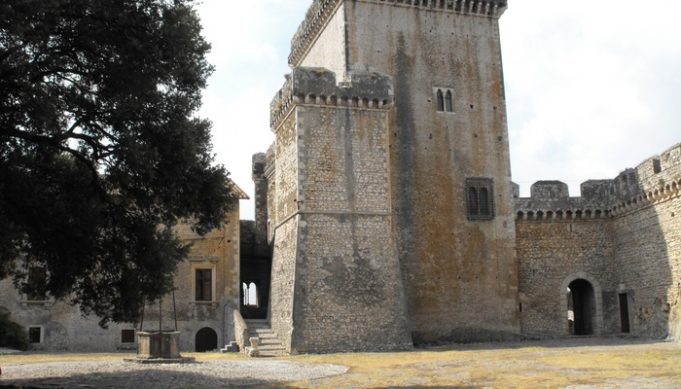Set within the City walls, which stretch for over 2 and a half miles, there are 19 churches containing fragments of medieval architecture in addition to the fabulous York Minster, remains of monastic houses and other religious buildings.
York Minster
The great Gothic minster, which stands watch over the city of York, was begun in the thirteenth-century. The remnants of earlier buildings on the site can be seen in the Minster’s undercroft and these date from the twelfth century. Its celebrated Rose Window and its equally famous ‘Five Sisters’ in the south and north transepts respectively, were completed between 1230 and 1260. The Minster was completed and consecrated on 3 July 1472. In spite of the ravages of fire, most recently in 1984, the Minster remains an icon of the City’s landscape.
The Churches of York
Records from the sixteenth century show that York housed 41 parish churches. Today under half of that number remain, the majority of them providing fine examples of the late medieval Perpendicular style. Nestled in the shadow of the Minster, St. Michael-le-Belfry dates from the mid-sixteenth century. Many of the churches that remain have had their churchyards reclaimed as the City has expanded, but it is this juxtaposition of churches and shopping areas, medieval and modern, which gives York its unique character. The churches of St. Denys, St. Margaret and St. Lawrence date from the Norman period. Some fine examples of medieval stained glass remain, most noticeably at All Saints on North Street, but also at the church of the Glass Painters Guild, St. Helen’s.
Other Religious Buildings in York
Little remains now of the many monastic houses once found in York. In common with many areas, their Dissolution gave lisence to local people to strip materials from the buildings for their own use. The Yorkshire Museum grounds provide a glimpse of the remains of St. Mary’s Abbey – once a prominent Benedictine house, founded in 1089 by William Rufus and rebuilt in the thirteenth century. In Micklegate the remains of the Holy Trinity Priory can also be seen. Adjacent to the Yorkshire Museum, the ruins of St. Leonards Hospital are clearly visible, at one time the largest medieval hospital in York.
York is filled with examples of medieval religious architecture, ranging in style from the Gothic to the Perpendicular and visitors to the City will be enchanted by the extent of its medieval remains.



















